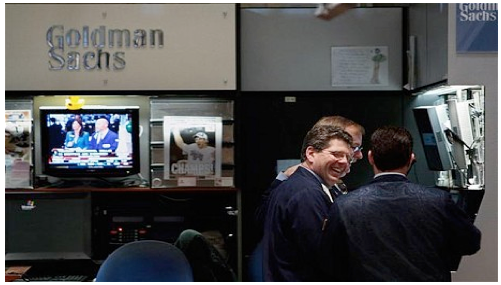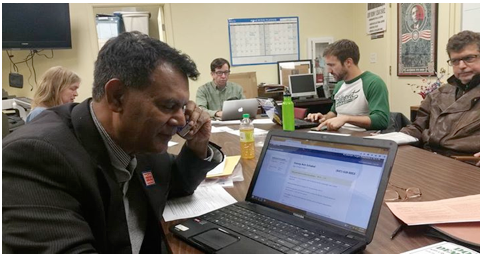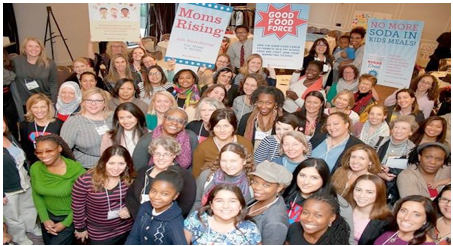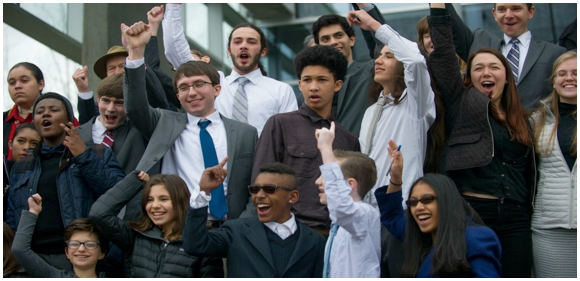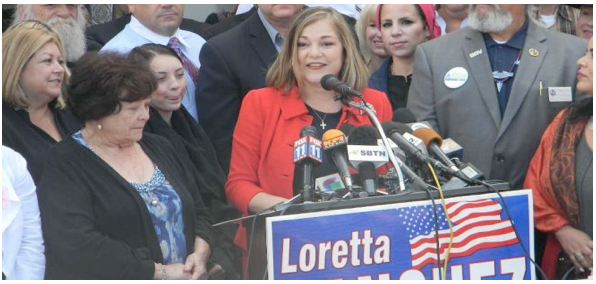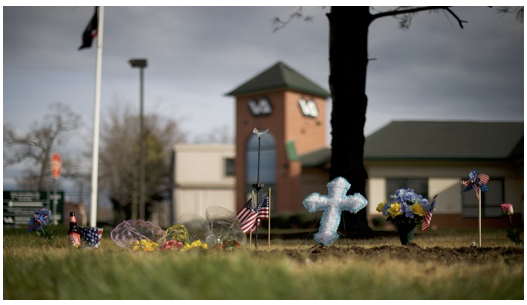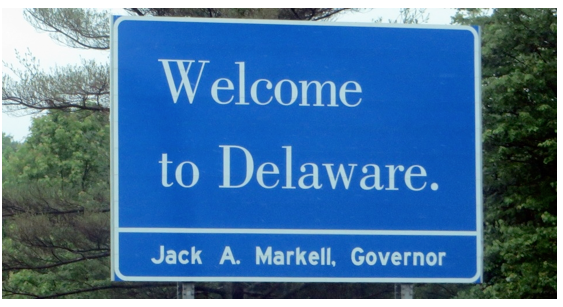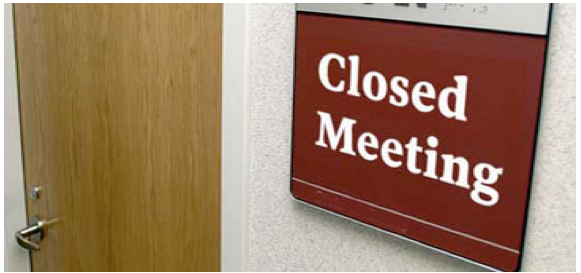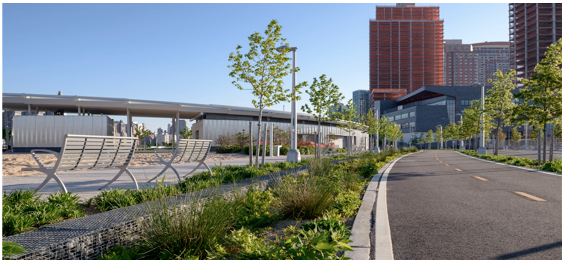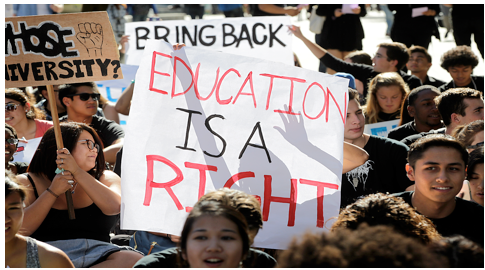NEW GEOGRAPHY--“What do we do with this worthless area, the region of savages and wild beasts, of shifting sands and whirlwinds of dust, of cactus and prairie dogs? To what use could we ever hope to put these great deserts and these endless mountain ranges?”– U.S. Secretary of State Daniel Webster, on the American West, 1852
The drought, if somewhat ameliorated by a passably wet winter in Northern California, reminds us that aridity defines the West. Our vulnerability is particularly marked here in Southern California, where the local rivers and springs could barely support a few hundred thousand residents, as opposed to the 20 million or so who live here. Bay Area, we’re talking about you, too, since about two-thirds of your drinking water is imported.
The prospect of continued water shortfalls – perhaps made worse by climate change – poses something of an existential question for this state. In the past, California met the challenge of persistent dryness much as the Romans did in their heyday, by constructing massive waterworks that connected mountain runoff with the thirsty urban masses. Everything that made California the harbinger of the future, from rich farmland to semiconductors and our great cities, was predicated on water transfer.
Now there is a sense that California’s expansion, its ability to create new communities and industries – outside of a few fields, like media and software – faces insurmountable constraints on water and other resources. This perspective has been favored by greens, anti-development NIMBYs and those who seek to corral all California growth into ever-denser, family-unfriendly environments.
This mindset has been predominant over the past decade, as the state has invested little in new water storage or delivery systems, essentially doing nothing since the late 1970s, when the population was 16 million less. Like the Roman Empire in its dotage, we seem to have decided to live off the blessings of the past, a sure way, it seems, to guarantee a diminished future.
Politics of aridity
This drought has been described as the most severe in centuries, but aridity has been a fundamental fact many times in the area’s history. One particularly nasty bout in the 1860s virtually ruined the old Californio livestock-based economy. Los Angeles, in particular, was devastated to the point that some saw a threat to its very existence.
Scientists suggest that the 20th century was a relatively wet period – perhaps the wettest in 1,000 years. So maybe that phase is over and things may get worse. Some climate scientists predict a future with smaller snowpacks, although more rain.
It is suggested that climate change, if not responsible for the drought, has made it worse by as much as one-third. There is talk of “climate wars” in the future, with some people alleging the Syrian conflict, for example, has its roots not in the Assad government’s tyranny or Islamic jihadism but in climate change.
Of course, some climate activists’ predictions – such as the imminent disappearance of polar ice or an increase in hurricanes – have proved somewhat exaggerated, so some skepticism about the more extreme prognostications may be in order.
Still, the relevant question remains: how to deal with the possibility of increasing aridity. We can’t launch an invasion of the Pacific Northwest’s rain forest and take its water. We are in a very different situation from the days when a big economic crisis meant selling off surplus cattle at low prices, or driving horses into the ocean to drown. We now possess an enormous agricultural sector and cities stretching for 100 miles, both in the Bay Area and the Southland. Perhaps we are ready to admit that California needs to be downsized, even if this occurs largely on the backs of its middle and working class residents.
Neither the green movement nor the Jerry Brown administration seems to have an answer that accommodates either human or economic necessity. Instead, they have largely adopted positions that have made the current water shortfalls worse. Brown for decades has fought new investment in water infrastructure, which marked his father’s years as governor. The severity of this drought represents, at least in part, the younger Brown’s legacy.
Even during the most severe cutbacks for farmers and urban residents, Brown and his clerisy have acquiesced to massive dumping of water into San Francisco Bay and the Sacramento Delta in order to revive a long-lost salmon run. This policy has a cost, particularly in a severe drought, assuring the loss of upward of a million acres of farmland. Although building more infrastructure and cutting flows to the sea might not have reversed the drought – environmental concerns absorb roughly half of all state water supplies in normal years – they would have made things much better for the humans dependent on reasonable water supplies.
Reluctance to find ways to better cope with the drought reflects perhaps the most glaring weakness in the increasingly dominant green agenda, which seems to see more cutbacks as the best way to address shortfalls. If you believe climate change will dramatically impact water supplies – or any vital resource – it might make sense to mitigate its effects through a sustained conservation program, including steps to reduce highly consumptive crops such as cotton and alfalfa, as some greens have rightfully suggested. But it also argues for investment in storage facilities, including upgrades to existing dams and groundwater banks, which many environmentalists oppose but could shield us from ever-increasing volatility and painful cutbacks.
Sustaining California
Ultimately, our choice lies in having water constrain our growth, or finding ways to develop enough water to expand our economy. Not everyone wants more growth in California, particularly those who live in the cooler coastal areas and already have tidy nest eggs. But entire industries that employ many in the middle class and working class – manufacturing, homebuilding, agriculture – could see their prospects greatly constrained.
Fortunately, there are shards of reason crashing the ecoconsensus that now dominates the state. Even Jerry Brown advocates twin tunnels under the Delta to provide a more consistent water supply southward. Southern California does not have a captive water supply, like the Hetch Hetchy reservoir serving San Francisco, which, by the way, pumps water from iconic Yosemite National Park. Brown, in this case, seems to have recognized that the state cannot afford to go more dry without enormous social and economic ramifications.
By advocating some water investment, Brown, of course, is now opposed by his longtime allies in the ever more strident green lobby. Unlike the governor, who occasionally has flashes of reasonableness, most environmentalists refuse to abandon any of their anti-development orthodoxy. Instead, they remain fixated on the silly and hyperexpensive bullet train, forced densification and investments in underperforming solar electric plants; they are not concerned with augmenting a basic resource required by the vast majority of Californians. Theirs increasingly is a Pyrrhic California – creating a desert and calling it a victory for the planet.
But this drying out of the Golden State is not inevitable. Even if we face increasingly common, and more severe, droughts, much can be accomplished through greater conservation, which greens also support and, for the most part, most Californians have achieved. But adaptation also requires more water storage and, ultimately, desalination of ocean water.
Desalination, an energy-intensive process, raises the hackles of greens but has proven successful in countries such as the United Arab Emirates and Israel. At least one new plant has become operational in Southern California, and more are on the drawing board, including in Huntington Beach. These facilities would help meet demand in coastal communities, allowing more water to stay in the rural interior.
California, as anyone familiar with its history knows, is not a naturally occurring urban area. Its greatness and creativity always have rested on human ingenuity and adaptation to our environment. Such resiliency, not purposely worsening water scarcity, is key to a brighter future for our state.
(Joel Kotkin is R.C. Hobbs Presidential Fellow in Urban Studies at Chapman University. He is executive editor of New Geography … where this piece originated and executive director of the Center for Opportunity Urbanism.)
-cw

